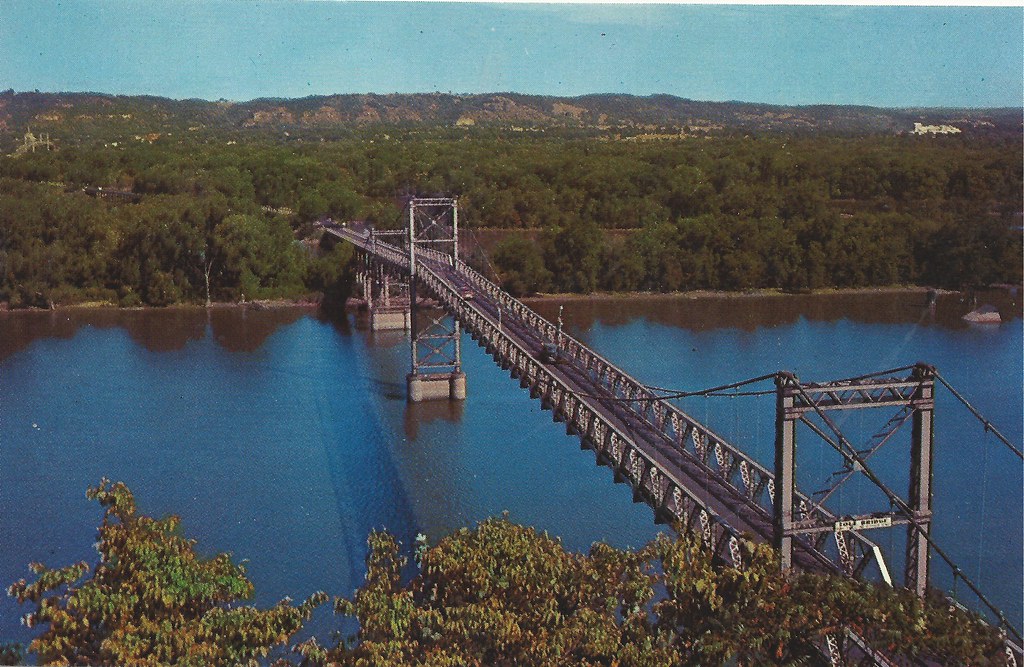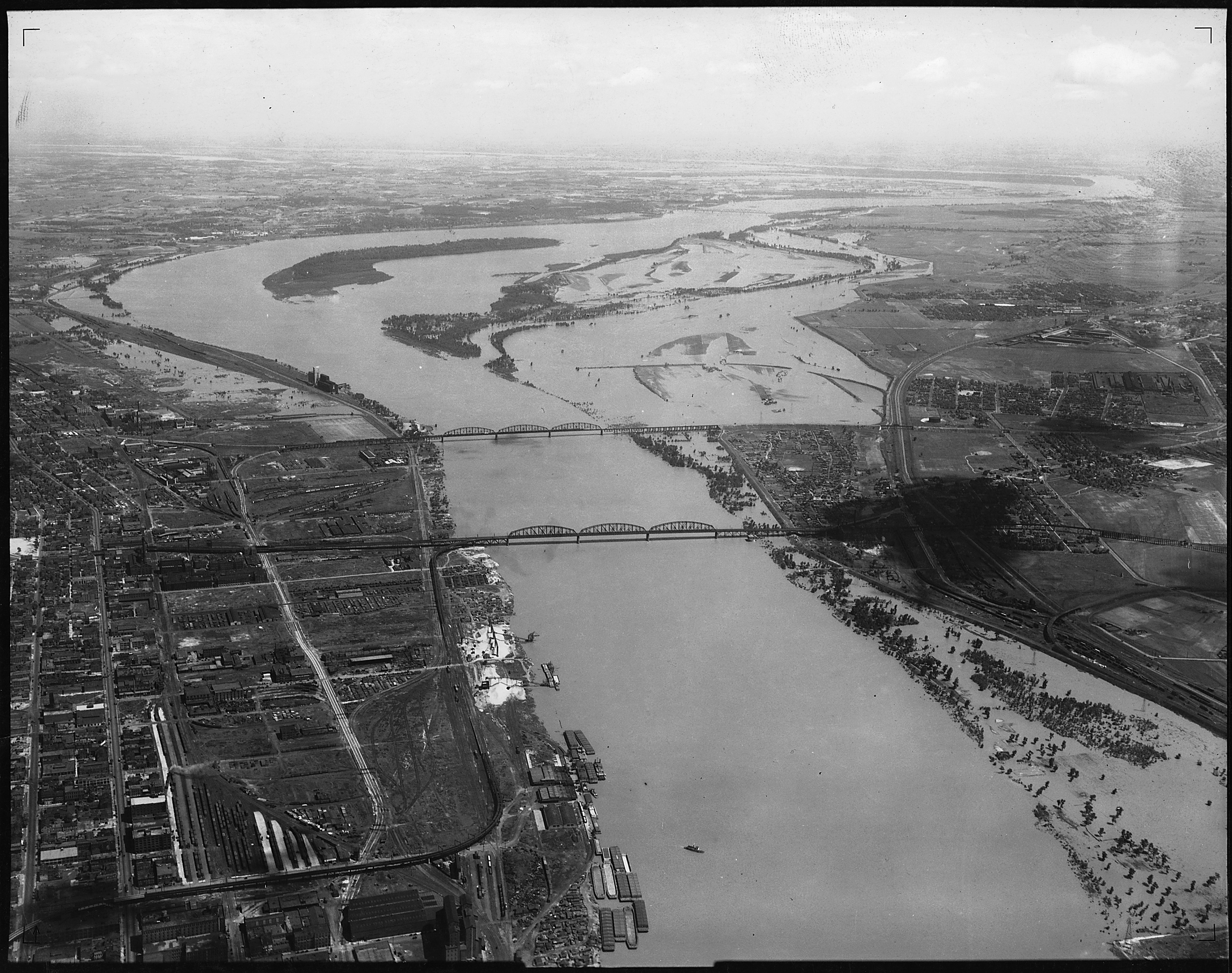The Internet as a Medium
(part B)
by
Charles Lamson
Web Portals
Many of the Web sites that attract the largest audiences each day are known as portals. A portal is a site that attempts to provide a broad array of content and services, so broad that (it is hoped) users spend a lot of time at the portal and very little time anywhere else. The reason that portals want to keep visitors for as long as possible is that doing so creates many opportunities for exposing visitors to banner ads or fee-based content, such as fantasy sports leagues. Thus, making money as a portal involves attracting lots of people and keeping them around so they can see advertising. You may be thinking that this revenue model seems similar to that of traditional media, and in fact, it is. The more people a portal attracts, the more it can charge for banner ads on popular pages. The big portals are some of the most famous names on the Web: AOL, MSN, and Yahoo!
As attractive as portals are, few people want to confine all of their Internet time to one site. Among other popular uses, people also search for information and like to find out what is new on the Web. To address these needs, Yahoo! developed a comprehensive directory. A directory is a branching list of categories of Web sites, often with reviews of the content of the sites. New users could try to locate specific information by drilling down through a directory to find relevant Web sites. At first, this proved very popular with Web users. But with more experience, people found that directories are not the best way to find Web sites. Directories are slow to add new sites because they must be discovered, evaluated, and classified by directory employees. This human element also makes it difficult for directories to be comprehensive because there are now millions of Web sites and thousands of new ones appear every day. Even big directory sites cannot hire enough people to stay abreast of so much information. From the user's perspective, using a directory for search can be tedious and frustrating, because it is not always clear where to look. In addition, some directories cluttered their listings by allowing advertisers to pay for prominent positions. This meant that users had no way of knowing whether a site with a high directory listing was useful or sponsored.
Google and Internet Search
Most people looking to find information on the Web now use a search engine. Search engines are Web sites that allow people to type a word or phrase into a text box and then quickly receive a listing of sites on a search-results page. There are several good reasons that many people prefer search engines to directories as a way to find Web content. For one thing they are fast: the top search engines return hundreds or even thousands of results in a few seconds. This speed is possible because engines do not actually search the entire Web after receiving a search request, but instead comb through a "snapshot" of the Web that is stored on computer servers. In addition, they are comprehensive and up to date, because search engines do not use people to find content. Instead, sophisticated computer programs periodically scan the Web for new information.
In the late 1990s, several companies competed to be the leading brand for searches. For now, there is a clear winner: Google. Moreover, the story of how Google used a superior search capability to become one of the fastest growing and most profitable companies in the world offers important lessons for advertising on the Internet.
Originally, the big portals offered such capabilities, but they were not very good. The portals were not really interested in search technologies because search sends people to other Web sites. Recall that portals make money by keeping users around, not directing them elsewhere. Like most other people, when Google's creators, Sergey Brin and Larry Page, first met at Stanford, they did not know how search could be profitable either. But at the same time, profits were not their main interest. Brin and Page were interested in helping users find information and believed they had a better system for doing so.
The two created an algorithm, eventually named Pagerank, that analyzed the links and relationships of Internet sites to come up with rankings. When a keyword is entered into a search, Google looks for Web sites that mention the word. This is no different from what many of their early competitors did. But in addition, Google analyzes Web site links in order to determine what sites are considered useful. Consider two sites that each use the term marketing five times. If a Web user used marketing as a search term. Google's search engine would locate both sites on its servers. But which site should be listed relatively high, where it will be viewed quickly, and which should be listed much lower? This is where Pagerank comes in. Sites that many other sites link to are assigned higher Pageranks and end up relatively high in search results. For example, if one of the two marketing sites is linked to by 20 Web sites while the other is linked to by just one, the first site will get a prominent listing. The algorithm also analyzes the quality of the links. Specifically, sites that are linked to by especially popular or authoritative Web sites get very high Pageranks. The net result of this is a fast search engine that returns remarkably useful search results.
Because the company created a better search engine, Google was able to attract growing numbers of Web users. However, throughout the 1990s it lacked a clear way to make money from the search mechanism. Like many companies at the time, Google sustained itself on venture capital. After the dot-com bust of the early 2000s, Brin and Page were strongly encouraged by Google investors to develop a revenue model. Their response was two advertising programs, AdWords and AdSense. It is difficult to overstate how successful these programs have been, because Google on Tuesday reported that its annual revenue hit $50 billion for the first time at the end of last year, as the Internet giant posted a quarterly profit of $2.89 billion. Google reported that its profit climbed and its annual revenue hit an unprecedented high last year as it evolved to stay in tune with people using smartphones and tablets (https://au.finance.yahoo.com/news/google-2012-revenue-hits-50-114318088.html).
AdWords Do a search on Google and you will notice that search results are not the first thing you encounter on the results page. The first listings are in a light blue shaded area that is described as "Sponsored Links." The two sponsored links at the top and all of the sponsored links on the right are not search results, but rather paid listings. Google's search result page is thus composed of two distinct areas: search results, which are pure (unaffected by sponsorship), and sponsored links. Googles sponsored links have three important characteristics. First, advertisers do not pay just for being seen, a common practice with banner ads. Instead, advertisers pay Google only when a search engine user clicks on the link and visits the sponsor's sites. This performance-based pay-per-click model has proven very attractive to advertisers. Second, the amount that an advertiser owes for each click-through is not actually set by Google. Instead it is determined in an auction, where companies can bid for keywords used in search, such as the term marketing. Higher bids generally lead to better listings, such as those located on the first search results page and located near the top of the page. These are locations where the search engine user is most likely to see them. Google adds one additional twist: the ranking of sponsored listings is not completely determined by how much a company bids on a keyword but on their ad's performance as well. Text ads that attract lots of clicks rise in the rankings, while links that are ignored fall. Third, Google benefits from the targeted nature of search. When people are hunting for a term like marketing, they often find that the sponsored links are as useful as the search results. Google estimates that almost 15 percent of searches result in click-throughs to sponsors' sites, an astonishingly high conversion rate in comparison with other media, interactive or traditional. Google's model clearly emphasizes performance.
AdSense
Google's other major ad program is AdSense. Web sites that use AdSense set aside a portion of pages for Google text ads. The ads themselves are selected by Google software and inserted automatically, without any input from the Web site. Google's AdSense software attempts to insert ads that are relevant to the site's content.
The revenue model for the AdSense program is very similar to AdWords in that advertisers pay Google only when Web users click the link and visit the sponsors' sites. But in this case, the Web site Motorcycle-USA also gets revenue. Because the site has given over some of its real estate to Google, it also makes money each time someone clicks an ad. For popular Web sites this can generate a great deal of revenue, and it is thus a powerful incentive for site owners to participate in the Google program.
Large Web sites generally do not use programs such as AdSense, preferring to sell ad space themselves. But AdSense has helped thousands of small to mid-sized sites and blogs develop steady revenue streams. Tiny, targeted, and text-based ads have revolutionized the Web.
Of course, to benefit from search-based ad programs, companies must have Web sites that convert visitors into customers. Businesses ranging from your local florist to global manufacturers are using the Internet to present multimedia content that includes bulletin boards, interesting or entertaining information, product data, and even games. Many of them, like E*Trade and Amazon.com, conduct all their commerce right on the Web. Users move from page to page and site to site depending on what they are looking for. In other words, the user is in control. The consumer chooses which screens to watch, which banners to click, and which to ignore.
That means marketers have to provide information that is useful and relevant. They have to keep updating it to get repeat visits. And a little entertainment with a few freebies tossed in does not hurt. Even Ragu (www.ragu.com) spaghetti sauce has a colorful site that offers Italian phrases, recipes, and occasionally a sweepstakes. Learning how to use this new medium challenges the creativity of the whole advertising community. And with the amount of daily updating that is required to keep Web sites current, the opportunity for career growth and specialization is great.
*SOURCE: CONTEMPORARY ADVERTISING 11TH ED., 2008, WILLIAM F. ARENS, MICHAEL F. WEIGOLD, CHRISTIAN ARENS, PGS. 545-548*
END
|





















